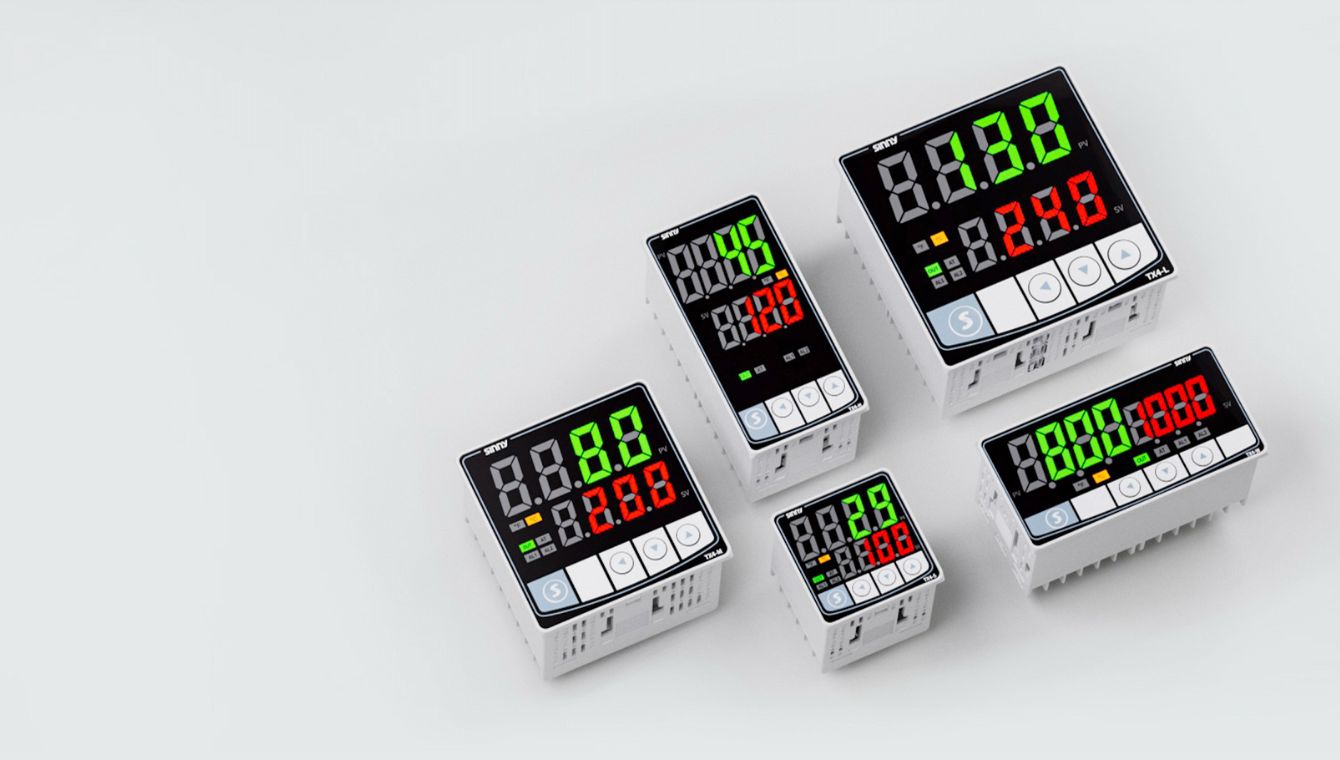Digital temperature controllers in demanding environments can achieve high accuracy, typically within ±0.5 to ±1.0°C, with some models and sensors providing even tighter control. The precision largely depends on the quality of the controller’s digital components, sensor type, calibration, and specific control algorithms used such as PID control.
For example, controllers used in industrial and laboratory settings often feature advanced PID algorithms and high-quality sensors, enabling temperature maintenance with minimal fluctuations, which is crucial in sectors like pharmaceuticals, food processing, and data centers. Some industrial-grade controllers achieve rapid response times and stability even under harsh conditions, ensuring consistent and reliable control.
In real-world applications such as HVAC or aquarium temperature control, reported accuracy often ranges around ±1 degree Celsius, with actual operational deviations usually less than this, making them dependable for most demanding uses that require maintaining a range rather than an absolute pinpoint temperature. High-precision models designed for severe environments also incorporate durable and robust construction to maintain accuracy despite exposure to heat, moisture, and vibration.
In summary, digital temperature controllers for demanding environments offer accuracies generally in the range of ±0.5 to ±1.0°C, with well-engineered systems capable of delivering precise, stable, and responsive temperature management critical to process consistency and product quality.



